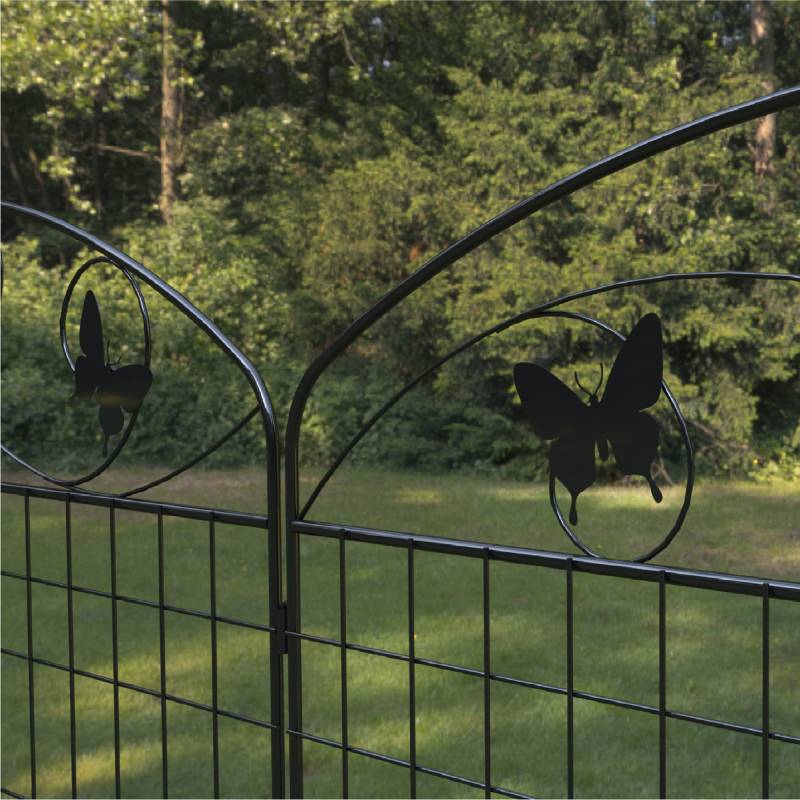mesh for compost bin
Dic . 10, 2024 06:37
The Importance of Mesh for Compost Bins
Composting is an eco-friendly practice that transforms organic waste into nutrient-rich soil. It is a simple yet effective way to reduce waste and enhance soil health. A crucial component of successful composting is the compost bin itself, and one often overlooked feature is the mesh that can be utilized in its construction. In this article, we will explore the significance of using mesh for compost bins, highlighting its benefits, types, and best practices.
Understanding Mesh in Compost Bins
Mesh refers to a material made of interconnected strands, forming a network of holes or openings. It can be constructed from various materials, including plastic, metal, and fabric. When incorporated into compost bins, mesh serves several vital functions it allows for airflow, enhances drainage, and helps maintain the appropriate balance of moisture and oxygen in the compost pile.
Benefits of Using Mesh
1. Enhanced Aeration One of the key factors in successful composting is ensuring adequate airflow. Aerobic bacteria, which thrive in oxygen-rich environments, break down organic matter more efficiently than anaerobic bacteria. Mesh sides or bottoms in a compost bin promote better airflow, facilitating quicker decomposition and preventing unpleasant odors that can arise from stagnant conditions.
2. Improved Drainage Moisture control is another critical aspect of composting. Compost that is too wet can become compacted, leading to reduced aeration and a slower breakdown of materials. Using mesh helps to improve drainage, allowing excess water to escape while retaining the necessary moisture for the composting process. This balance is crucial for maintaining an aerobic environment.
3. Pest Control Garden pests, such as rodents and insects, can be a significant nuisance when composting. A mesh enclosure can act as a barrier, preventing these unwanted visitors from accessing the compost bin while still allowing for air and moisture exchange. This is especially beneficial in urban settings where food scraps may attract pests.
4. Ease of Use Mesh compost bins tend to be lighter and easier to manipulate than traditional solid bins. This can make turning the compost easier, which is essential for ensuring even decomposition. The lightweight nature of mesh also allows for easier relocation of the bin, which can be advantageous for gardeners who want to change the location of their composting efforts.
Types of Mesh Suitable for Compost Bins
When selecting the right mesh for your compost bin, consider the following materials
mesh for compost bin

- Wire Mesh Often made from galvanized steel, wire mesh is durable and provides excellent strength. It is ideal for outdoor compost bins as it can withstand harsh weather conditions. The gauge of the mesh should be chosen based on the climate and potential rodent threats, with smaller holes recommended for urban areas.
- Plastic Mesh Lightweight and resistant to rust, plastic mesh is suitable for those looking for an easy-to-handle option. It is less expensive than metal mesh and can be found in various colors and sizes. However, it may not last as long as metal options, especially in direct sunlight.
- Fabric Mesh Some gardeners opt for fabric mesh materials that are designed to withstand moisture while promoting airflow. These are often used in combination with frames and can provide flexibility in compost bin design while remaining breathable.
Best Practices for Using Mesh in Compost Bins
To maximize the effectiveness of your mesh compost bin, following best practices is essential
1. Location Place your compost bin in a well-drained area that receives partial sunlight. This will assist in maintaining an optimal temperature and moisture level inside the bin.
2. Layering Materials When filling your bin, aim for a balance of carbon-rich (browns) and nitrogen-rich (greens) materials. Layering will enhance airflow and improve decomposition.
3. Turning the Compost Regularly turning the contents of your bin is vital. This encourages aeration and helps decompose materials evenly.
4. Monitoring Moisture Keep an eye on the moisture levels. The compost should feel like a damp sponge. If it gets too dry, add water; if too wet, mix in dry materials.
In conclusion, integrating mesh into your compost bin design significantly enhances the composting process. With its ability to improve aeration, drainage, and pest control, mesh is an essential feature for any effective composting system. By choosing the right type of mesh and following best practices, gardeners can create an optimal environment for transforming organic waste into valuable compost, ultimately benefiting both the garden and the planet.




















